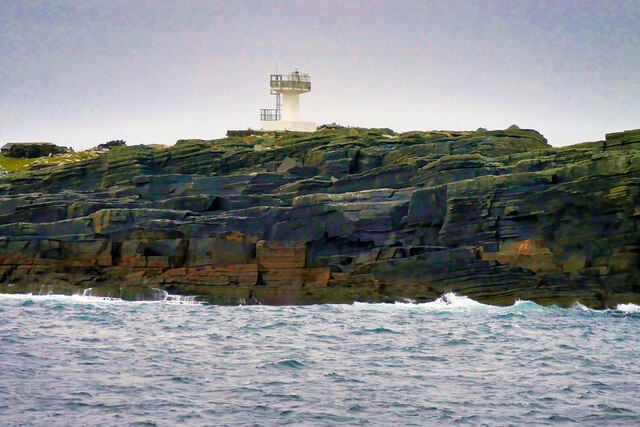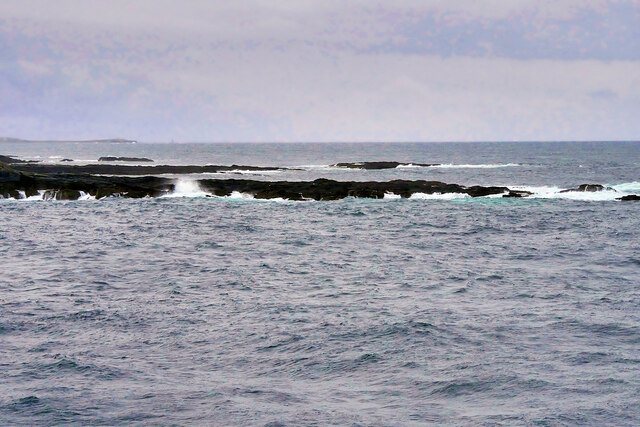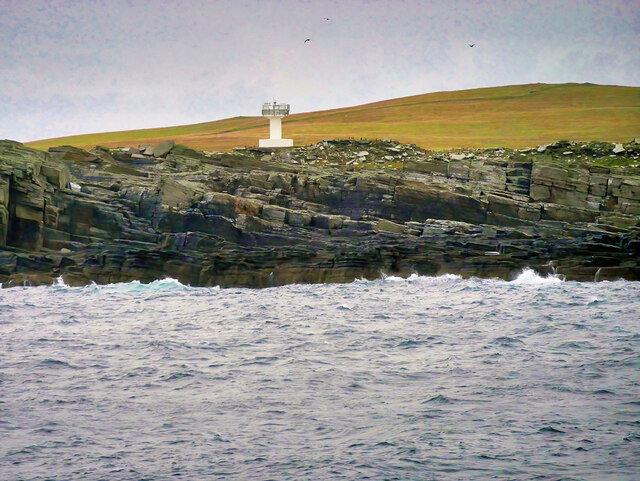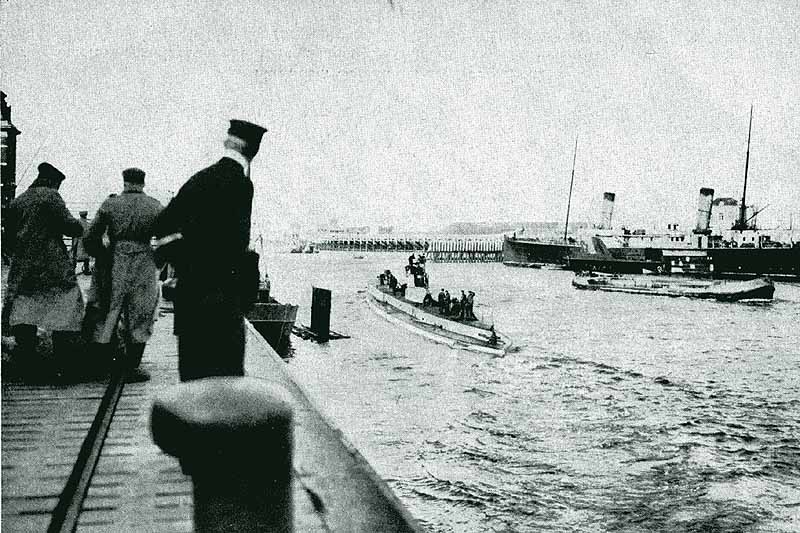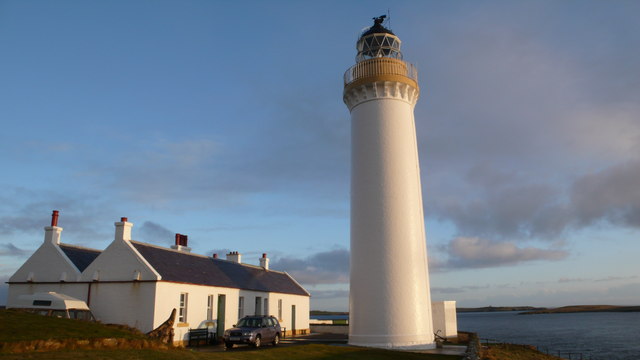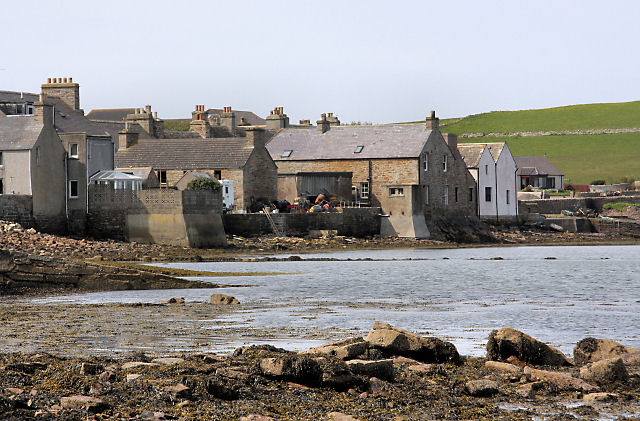Peedie Hylack
Coastal Feature, Headland, Point in Orkney
Scotland
Peedie Hylack
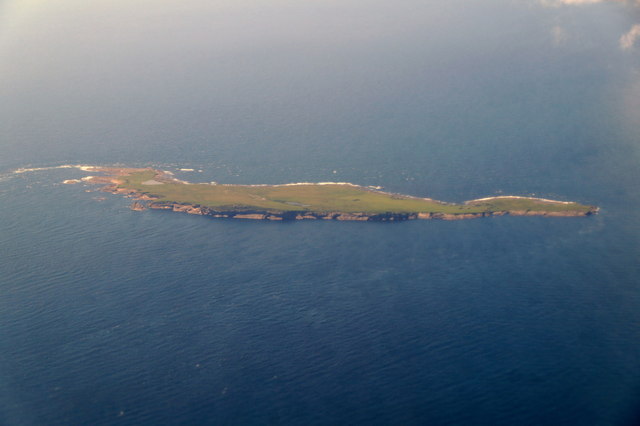
Peedie Hylack is a prominent coastal feature located in Orkney, an archipelago situated off the northeastern coast of Scotland. This remarkable headland is known for its picturesque beauty and rich cultural history.
Situated on the mainland of Orkney, Peedie Hylack is characterized by its towering cliffs that overlook the North Sea. The headland extends outward into the sea, forming a distinct point that offers stunning panoramic views of the surrounding landscapes. The rugged coastline is composed of layers of sedimentary rock, showcasing the geological history of the area.
The name "Peedie Hylack" originates from the local Orcadian dialect, with "peedie" meaning small and "hylack" referring to a hill or mound. This name perfectly encapsulates the size and shape of the headland, which is relatively small compared to other coastal features in the region.
Peedie Hylack is known for its diverse wildlife and bird population. The surrounding waters provide an ideal habitat for various seabirds, including puffins, guillemots, and razorbills. Birdwatchers often visit the area to witness the impressive displays of these magnificent creatures.
In addition to its natural beauty, Peedie Hylack holds historical significance. The headland is believed to have been an important lookout point during ancient times, serving as a vantage point for early settlers to monitor the sea and protect the surrounding area. Archaeological remains have also been discovered in the vicinity, further highlighting the historical importance of the site.
Overall, Peedie Hylack is a captivating coastal feature that offers visitors a glimpse into Orkney's natural and cultural heritage. Its stunning cliffs, diverse wildlife, and historical significance make it a popular destination for nature enthusiasts and history buffs alike.
If you have any feedback on the listing, please let us know in the comments section below.
Peedie Hylack Images
Images are sourced within 2km of 58.736478/-3.0630285 or Grid Reference ND3883. Thanks to Geograph Open Source API. All images are credited.
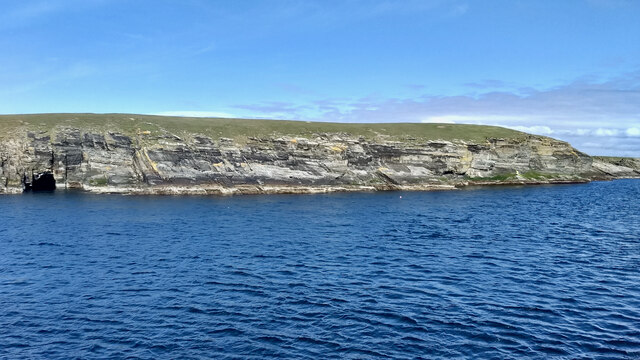
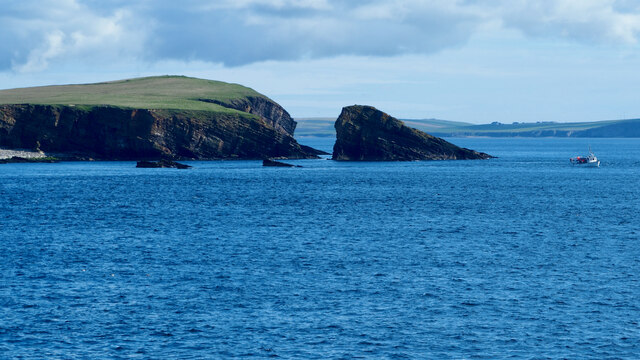
![Warbister Hill Site of a possible building, an enclosure, a quarry, and a modern triangulation pillar; see “Swona, Warbister Hill | Canmore.” 2021. Canmore.org.uk &lt;<span class="nowrap"><a title="https://canmore.org.uk/site/347495/swona-warbister-hill" rel="nofollow ugc noopener" href="https://canmore.org.uk/site/347495/swona-warbister-hill">Link</a><img style="margin-left:2px;" alt="External link" title="External link - shift click to open in new window" src="https://s1.geograph.org.uk/img/external.png" width="10" height="10"/></span> &gt; [accessed 7 June 2021]](https://s1.geograph.org.uk/geophotos/06/86/06/6860697_42cec7a5.jpg)
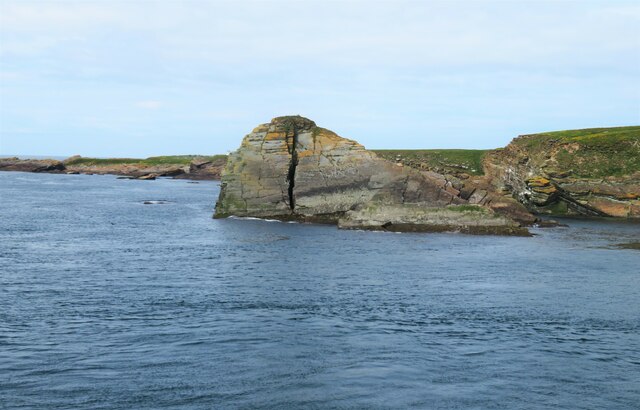
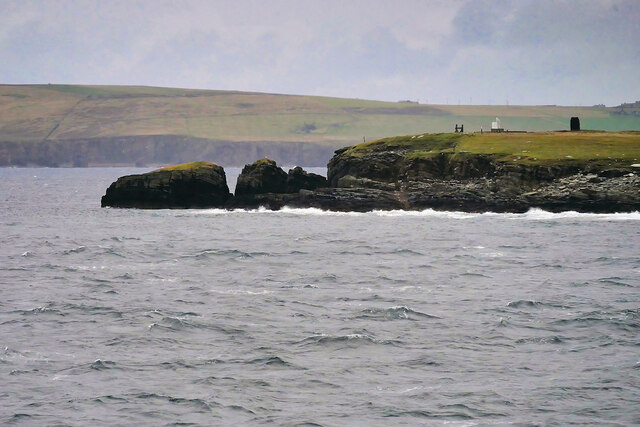
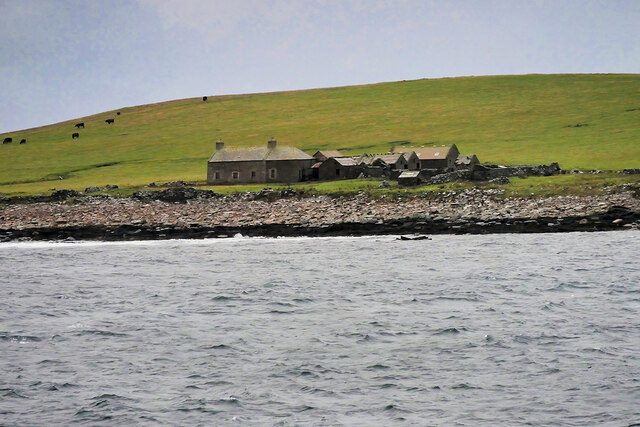
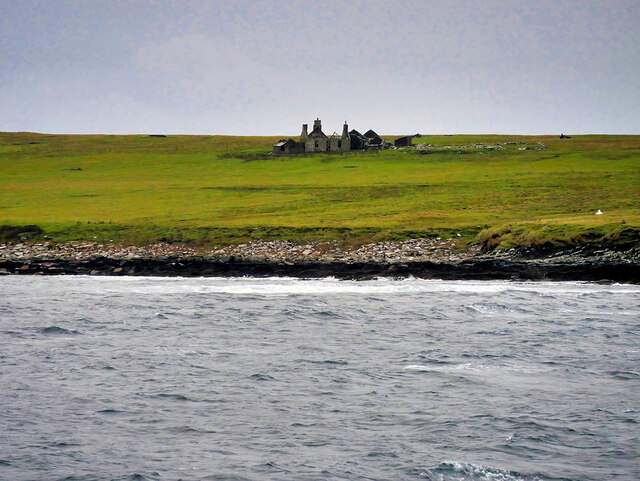
Peedie Hylack is located at Grid Ref: ND3883 (Lat: 58.736478, Lng: -3.0630285)
Unitary Authority: Orkney Islands
Police Authority: Highlands and Islands
What 3 Words
///newest.uplifting.headed. Near John o' Groats, Highland
Nearby Locations
Related Wikis
Swona
Swona is an uninhabited privately-owned island in the Pentland Firth off the north coast of Scotland. == Geography and geology == Swona is the more northerly...
MV Cemfjord
The Cemfjord was a Cyprus-registered cargo ship which foundered in the Pentland Firth off the north-east coast of Scotland on 2 January 2015. Built as...
SM U-29 (Germany)
SM U-29 was a Type U-27 U-boat of the Imperial German Navy. She served during the First World War. U-29's last commander was Captain Otto Weddigen. U-29...
Burwick, Orkney
Burwick () is a small harbour on the island of South Ronaldsay in the Orkney Islands, Scotland. It is the closest Orkney harbour to the Scottish mainland...
Cantick Head Lighthouse
The Cantick Head Lighthouse is an active 19th century lighthouse on the Scottish island of South Walls in the Orkney Islands. It is located at the end...
Island of Stroma
Stroma is an uninhabited island in the Pentland Firth, between Orkney and the mainland of Scotland. It forms part of the civil parish of Canisbay in Caithness...
Switha
Switha is a small uninhabited island towards the south of Orkney, Scotland, approximately 41 hectares in area. == Geography and geology == Switha lies...
South Ronaldsay
South Ronaldsay (, also , Scots: Sooth Ronalshee) is one of the Orkney Islands off the north coast of Scotland. It is linked to the Orkney Mainland by...
Nearby Amenities
Located within 500m of 58.736478,-3.0630285Have you been to Peedie Hylack?
Leave your review of Peedie Hylack below (or comments, questions and feedback).
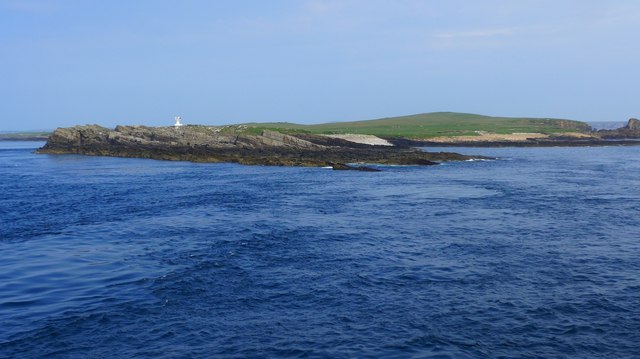
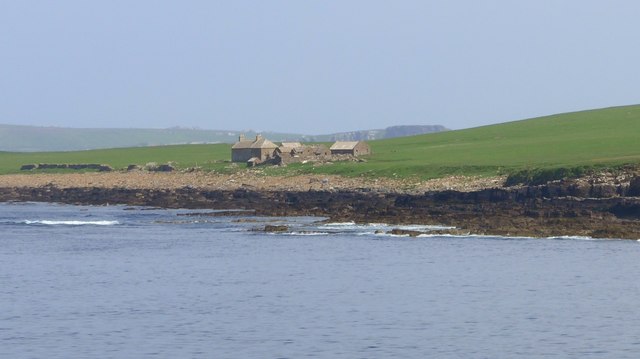
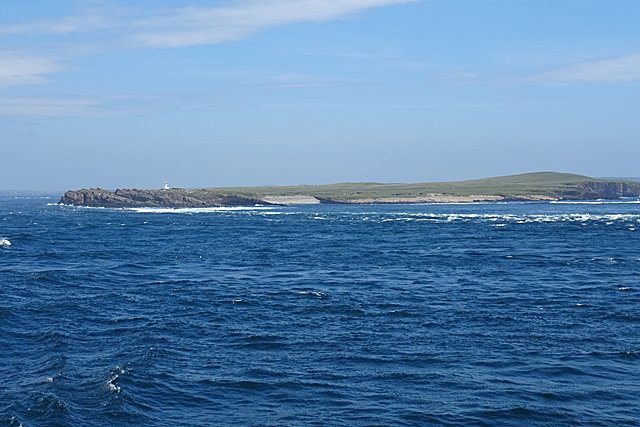
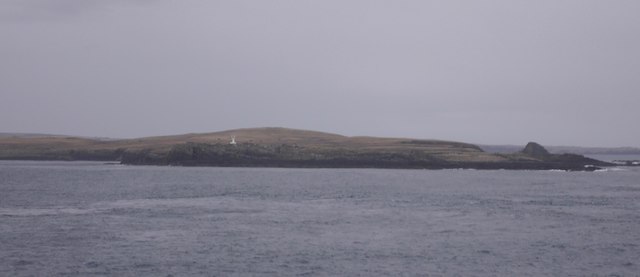
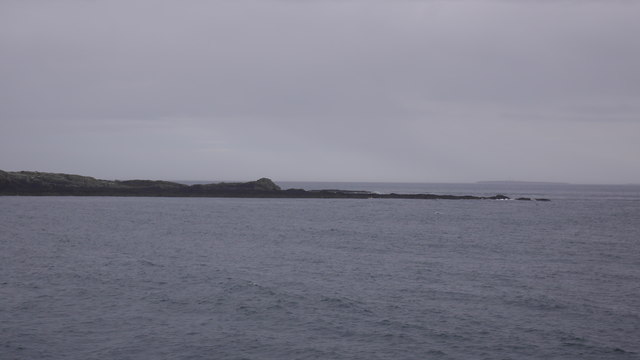
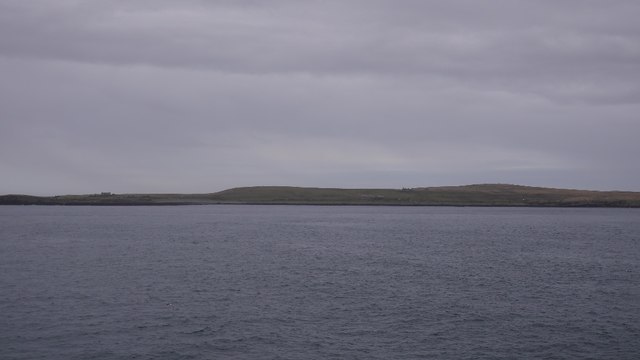
![The Haven Seems to be the main access onto the now un-inhabited island. See “Swona, the Haven | Canmore.” 2021. Canmore.org.uk &lt;<span class="nowrap"><a title="https://canmore.org.uk/site/347498/swona-the-haven" rel="nofollow ugc noopener" href="https://canmore.org.uk/site/347498/swona-the-haven">Link</a><img style="margin-left:2px;" alt="External link" title="External link - shift click to open in new window" src="https://s1.geograph.org.uk/img/external.png" width="10" height="10"/></span> &gt; [accessed 7 June 2021]
For the farmstead behind see “Swona, Norhead | Canmore.” 2021. Canmore.org.uk &lt;<span class="nowrap"><a title="https://canmore.org.uk/site/345421/swona-norhead" rel="nofollow ugc noopener" href="https://canmore.org.uk/site/345421/swona-norhead">Link</a><img style="margin-left:2px;" alt="External link" title="External link - shift click to open in new window" src="https://s1.geograph.org.uk/img/external.png" width="10" height="10"/></span> &gt; [accessed 7 June 2021]](https://s3.geograph.org.uk/geophotos/06/86/07/6860703_6e889d80.jpg)
